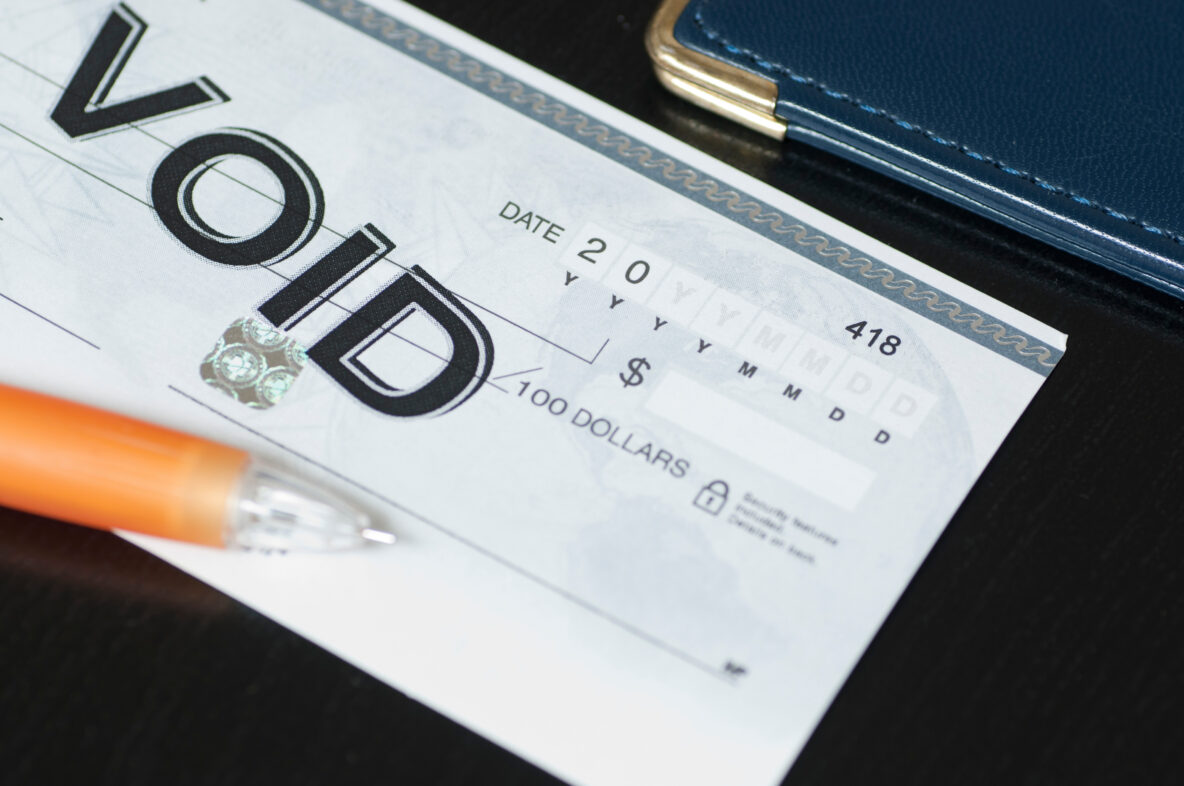When reconciling your bank account, you may notice old entries lingering that require review and cleanup. During monthly bank reconciliations, it’s essential to scrutinize these outstanding entries for potential errors or issues that need addressing. Whether you’re doing this for a client or yourself, ensure you discuss and review these entries with the appropriate individuals.
Addressing Outstanding Checks
Recent Transactions: For checks or deposits that are close to month-end, there’s no need to worry as they will typically clear by the next month.
Persistent Entries: However, if these transactions continue to appear on the register, they need attention.
Delete or Void?
For entries still within the same tax year, you can choose to delete or void them:
- Void: Using the void feature keeps a record of the checks, maintaining order.
- Delete: Deleting will remove all traces of the check from your accounting records.
Special Considerations for Payroll Checks
Payroll checks require special handling. Avoid voiding these entries and processing them differently:
- Reprint Check: Ensure the original check is missing and reprint it using a different check number.
- Register: Keep a register of all check numbers, whether printed or voided.
- Mark for Printing: Mark the paycheck “to be printed” and enter the voided check with zeros using the original employee and payroll tax expense code.
- Memo: Note the handling method in the memo (e.g., lost check, stop payment).
- Reprint: Reprint the original payroll check with a new check number. This keeps the payroll entry intact and avoids affecting filed payroll tax forms.
Handling Checks Written in a Prior Period
For checks from a prior period already accounted for on your tax return, handle them carefully to avoid altering a closed period. Follow these steps:
- Create Offset: Date the offset in the current tax year.
- Original Coding: Review the original check to see how it was coded.
- Create Deposit: Use the same expense account, match the check amount, and make notes in the memo.
- Reconcile: When reconciling, select both entries to wash them out to zero.
Voiding Checks That Pay a Bill
- Current Year: If the check date is in the current year, simply voiding the check works. This puts the unpaid bill back into accounts payable and keeps check number order.
- Closed Period: For entries during a closed tax period:
- Leave Original Entry: Keep the original entry in place.
- Recreate Entry: Recreate the entry in the current tax year with a matching bill credit.
- Match Dates: Ensure the date and amount match in the current tax year to avoid duplicating the expense or double-paying the bill.
- New Replacement Check: Enter the new replacement check and pay the new bill in the current year.
- Bill Credit Notes: In the memo, note the reason (e.g., “Check xxxx never cleared, reissued with check xxx”).
Handling Outstanding Deposits
For example, a client mistakenly entered a $30,000 deposit into their bank account, which remained for nine months. Deleting the entry without an explanation caused confusion and panic. To avoid such issues:
- Trail of Explanation: Always provide a trail and explanation of what happened to avoid confusion.
- Regular Cleanup: Have the person reconciling the bank account monthly understand these potential areas needing cleanup and provide them with preferred correction methods and appropriate notes.
Conclusion
Promptly addressing outstanding checks and deposits is crucial to maintaining clean and accurate accounting records. Regular reviews, clear documentation, and effective communication are key to preventing lingering issues and ensuring smooth bank reconciliations. By following these guidelines, you can efficiently handle voiding checks in a prior period, maintaining the integrity of your financial records.

